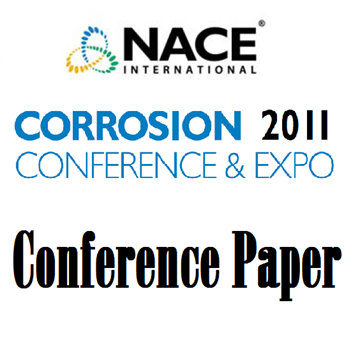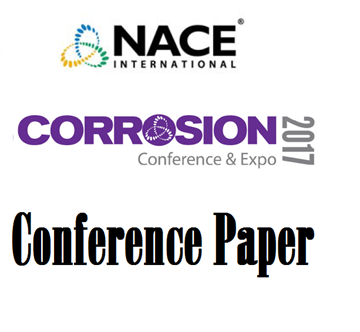Search
02270 Corrosion Consequences of Oxygen Entry Into Oilfield Brines
Also Purchased
Comprehensive Approach to Oxygen Corrosion Analysis of Water Injection Systems
Product Number:
51315-5962-SG
ISBN:
5962 2015 CP
Publication Date:
2015
$0.00
11120 Sulfur Corrosion Due To Oxygen Ingress
Product Number:
51300-11120-SG
ISBN:
2011 11120 CP
Publication Date:
2011
$20.00
Determining the Dissolved Oxygen (DO) Concentration Limit for Safe Operation of CRAs in Saline Solution
Product Number:
51317--9062-SG
ISBN:
9062 2017 CP
Publication Date:
2017
$20.00




